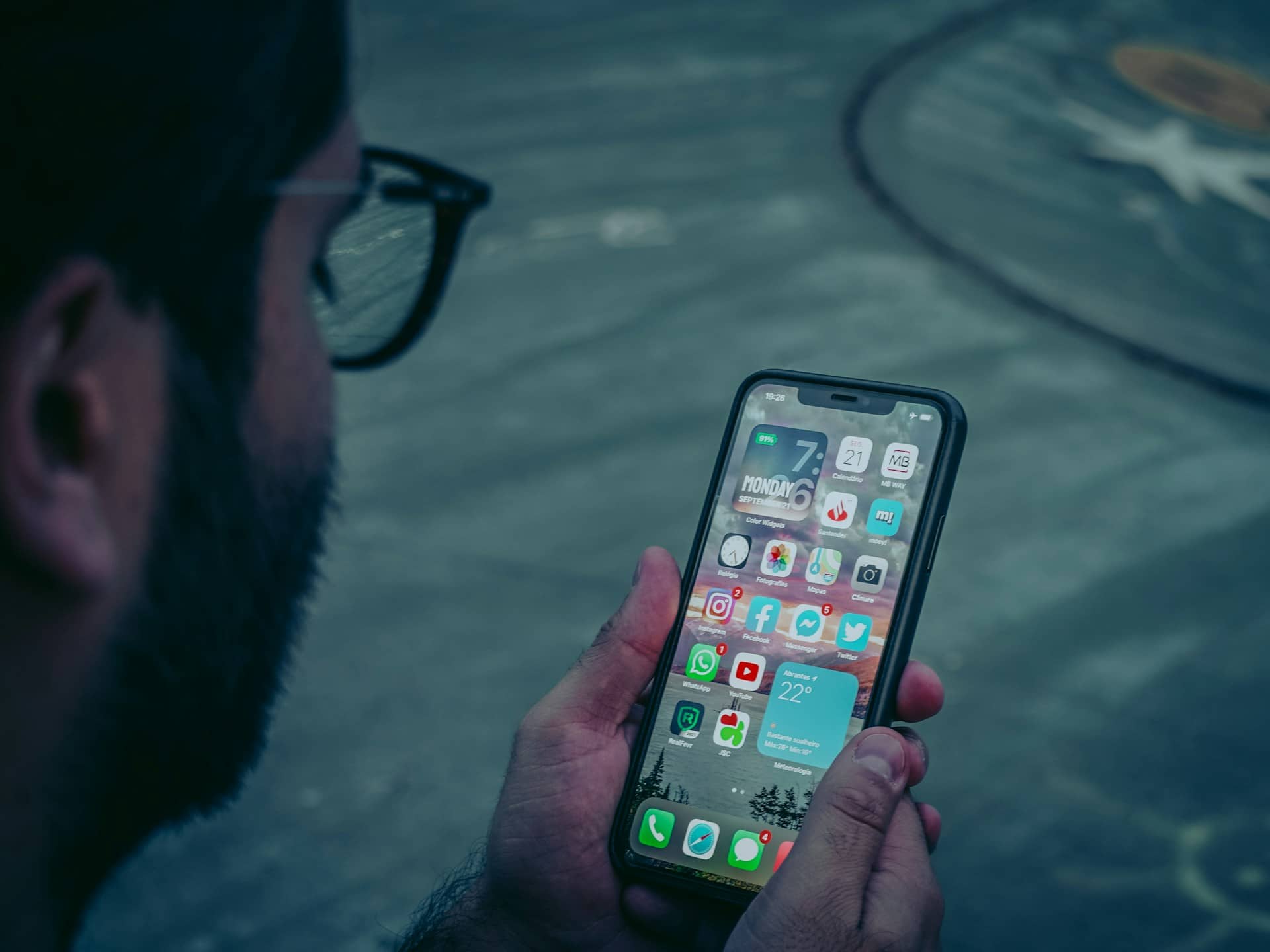In the modern world, technology has become an integral part of our daily lives. It has transformed the way we communicate, work, learn, and entertain ourselves. It cannot be denied that technology has brought numerous benefits and convenience to humanity. For example, technology has revolutionized the way we communicate with each other, the internet provides us with an unprecedented wealth of information, automation and digital tools have increased productivity in various industries, medical technology has saved countless lives by improving diagnostics, treatment, and patient care, and so on. However, it has also raised concerns about its potentially harmful effects which are perhaps a bit harder to be noticed.
The Potential Harms of Technology
The good effects of technology are clear, but there are many possible negative side effects. It’s essential to be aware of these issues and address them before they cause harm. The first thing that we should consider are the health concerns. Excessive screen time and sedentary lifestyles have been associated with various health problems. These include obesity, sleep disturbances, eye strain, and mental health issues, such as anxiety and depression.
Also, as we increasingly rely on technology for our personal and professional lives, the risk of data breaches and privacy invasion has grown. Cybersecurity threats, identity theft, and the collection of personal data by tech companies raise concerns about the protection of our private information.
While technology connects people across distances, it can also lead to social isolation. Excessive use of digital devices has been linked to decreased face-to-face social interaction, potentially affecting relationships and mental well-being.
The addictive nature of technology, particularly social media and video games, can lead to compulsive and unhealthy behavior. And we shouldn’t forget that the production and disposal of electronic devices contribute to environmental pollution.
Technology and Mental Health

One of the most significant concerns regarding technology’s potential harm is its impact on mental health. Let’s delve deeper into this topic.
- Screen Addiction: The constant use of smartphones, tablets, and computers can lead to screen addiction. This can result in neglecting real-life interactions, causing social and emotional problems.
- Comparison and Self-esteem: Social media platforms can fuel feelings of inadequacy as individuals compare their lives to curated online versions of others. The quest for “likes” and validation can negatively affect self-esteem.
- Cyberbullying: The anonymity provided by technology has enabled cyberbullying, which can have severe consequences for victims’ mental health. Children and teenagers are particularly vulnerable.
- FOMO (Fear of Missing Out): Constant connectivity can lead to FOMO, a phenomenon where individuals feel anxiety about missing out on events or experiences happening online. This anxiety can harm mental well-being.
The Impact on Physical Health
Technology can also have detrimental effects on our physical well-being. Here are some key areas to consider:
- Sedentary Lifestyle: The proliferation of screens has led to a more sedentary lifestyle, contributing to health issues like obesity, cardiovascular diseases, and others.
- Blue Light and Sleep Disruptions: The blue light emitted by screens can interfere with sleep patterns. Overexposure to screens, especially before bedtime, can lead to insomnia and sleep disturbances.
- Physical Ergonomics: Poor posture while using devices can result in musculoskeletal issues, such as back and neck pain, carpal tunnel syndrome, and eye strain.
Privacy and Security Concerns

The digital age has brought about a new set of challenges related to privacy and security.
- Data Collection: Some tech and social media companies collect vast amounts of data about individuals, their online behavior, and preferences. This data can be used for targeted advertising and other purposes, raising concerns about the extent to which companies monitor our lives.
- Data Breaches: High-profile data breaches and hacking incidents have exposed sensitive information, leading to identity theft and other fraudulent activities. These breaches can have long-lasting consequences for individuals and organizations.
- Surveillance and Government Control: Technology has enabled governments and institutions to monitor citizens more closely. While this can be used for security purposes, it also raises concerns about the erosion of privacy and civil liberties.
- Digital Addiction: Some tech products and platforms are designed to be addictive, encouraging users to spend more time on them. This “attention economy” can lead to compulsive behavior and a loss of control over screen time.
Solutions and Mitigations
Addressing the potential harms of technology requires a multi-faceted approach. Here are some strategies and solutions:
- Digital Literacy: Promoting digital literacy is crucial. Individuals should be educated about online safety, privacy, and the potential consequences of excessive screen time.
- Screen Time Management: Using screen time management tools and setting personal limits on device usage can help reduce the negative effects of technology on health and well-being.
- Privacy Protection: Familiarize yourself with privacy settings on devices and online platforms, and regularly review and update them to protect your personal data. If possible opt for privacy-oriented services like Proton.
- Mental Health Support: The society should encourage open discussions about mental health and provide access to resources and support for those who may be struggling with technology-related issues.
- Environmental Responsibility: Responsible disposal of electronic waste should be promoted and you should consider eco-friendly alternatives when purchasing tech products.
- Regulation and Legislation: Advocate for stronger data protection and privacy laws, as well as regulations to address the addictive design of tech products.
Avoiding the Negative Effects of Technology
Beyond addressing the potential harms, here are some practical steps you can take on an individual level to avoid the negative effects of technology:
- Set Boundaries: Establish clear boundaries for technology use. Define specific times for work, leisure, and digital detox. Avoid using screens before bedtime to improve sleep quality.
- Balance Screen Time: Strive for a balance between online and offline activities. Engage in physical activities, social interactions, and hobbies that don’t involve screens.
- Practice Mindfulness: Be mindful of your technology usage. Regularly assess how much time you spend on screens and its impact on your well-being.
- Seek Support: If you find yourself struggling with digital addiction or mental health issues related to technology, don’t hesitate to seek support from family members, professionals or support groups.
- Review App Permissions: Regularly review and adjust the permissions granted to apps on your devices. Be selective about the data you share and who has access to it.
- Stay Informed: Keep yourself informed about the latest developments in technology and their potential impacts. Knowledge is a powerful tool for making informed decisions.
- Encourage Healthy Tech Habits: Share your knowledge and experiences with friends and family to encourage healthy tech habits among your social circle.
Technology’s potential for harm is a complex issue that requires awareness, education, and responsible use. By taking proactive steps and promoting a healthier relationship with technology, we can minimize its negative effects and harness its power for a brighter, more sustainable future.





